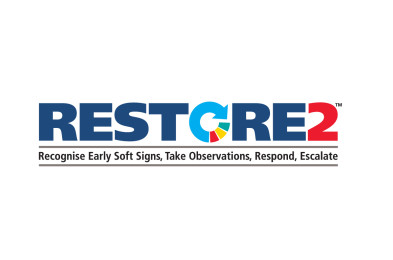Micros Emi CRP - POCT device
A compact, user-friendly instrument which gives a lab-accurate three-part differential full blood count with a combined CRP measurement from a whole blood EDTA sample.
Reducing local acute admissions, enabling more rapid treatment decisions, improving patient flows, reducing patient waiting times and informing more judicious antibiotic prescriptions. The Oxford AHSN paper demonstrates some metrics gathered from their pilot study (compiled by the York Health Economics Consortium) which shows some modest savings from the analyser implementation at Wexham Park, John Radcliffe and Stoke Mandeville hospitals.
About
We aim to streamline existing diagnostic pathways, particularly in a community-based setting, and reduce local acute admissions.
AMR is fast-becoming a major issue in the UK with deaths by MDR bacteria projected to surpass that of cancer by 2050. We aim to tackle this issue head-on by helping to inform more judicious antibiotic prescriptions.
There is no other available analyser in the UK that will give clinicians both FBC with three-part differential and a CRP result. Attaining these results without the Micros requires two separate instruments which costs more to maintain, run and purchase.
Micro-sampling is possible (10uL for FBC, 18 uL for FBC + CRP) which allows clinicians to attain results even when routine methods are not possible for whatever reason e.g. needle phobia.
Based on the Oxford AHSN paper and Cornwall users, NHS trusts and/or surgeries will save ~£3,000 per 100 tests. A modest saving, however the more Micros is used, the more money they save.
Microsemi CRP is a useful triage aid to help potentially identify COVID-19, particularly in those most likely to require intervention. Deployment in the community helps avoid the travel of at-risk/infected individuals, effectively providing a ‘one-stop shop’ for frail patients in the locality to receive the care they need closer to home, reducing pressure on the local sites - particularly during the busier winter months.
Micros is easy to implement as it is very compact, one-of-a-kind, and has potential to have a dramatic impact on the patient pathway and health economics.



